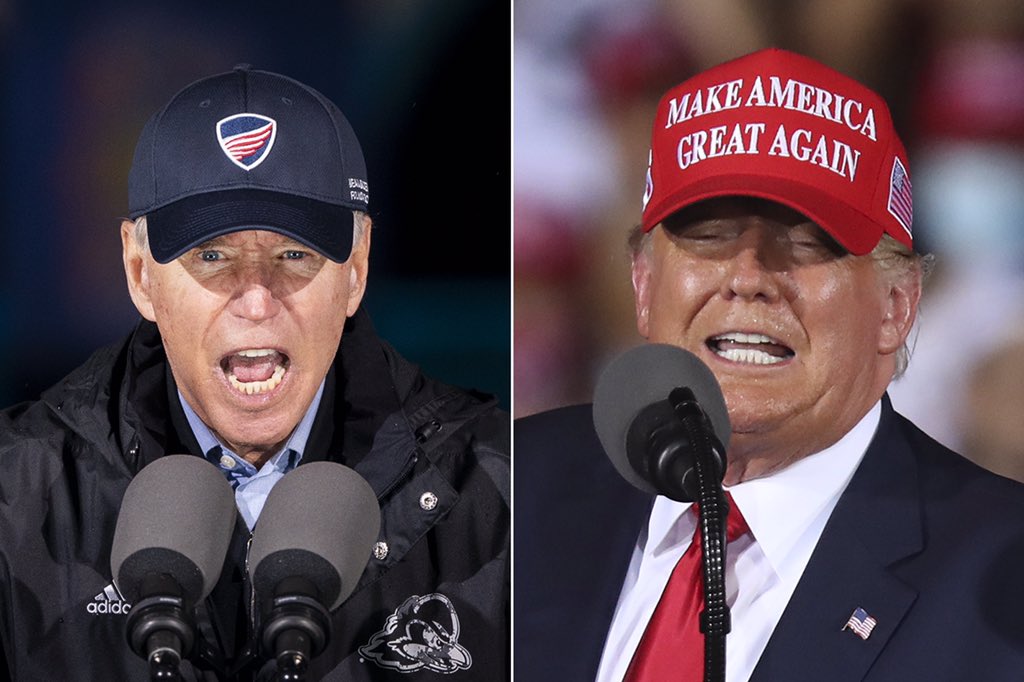The race for the presidency is usually decided in a small number of key battleground states that switch party allegiance between elections.

| Candidate | Votes | Percent |
|
Donald Trump |
2,432,097 | 49.6% |
|
Joe Biden |
2,413,999 | 49.2% |
|
Jo Jorgensen |
60,393 | 1.2% |
Why does it matter?
Long a Republican stronghold, southern Georgia has recently become more of a battleground state due to its growing black electorate. In the 2018 governor’s election, Republican Brian Kemp defeated Democrat Stacey Abrams by just 1.4 percentage points.

| Candidate | Votes | Percent |
|
Donald Trump |
2,732,084 | 50.1% |
|
Joe Biden |
2,655,383 | 48.7% |
|
Jo Jorgensen |
47,215 | 0.9% |
Why does it matter?
Historically Republican-leaning, North Carolina has become increasingly competitive in recent years. The state’s recent voting patterns mirror a national trend towards more polarisation, with cities swinging further towards the Democrats and rural areas towards the Republicans.
| Candidate | Votes | Percent |
|
Donald Trump |
3,215,983 | 50.7% |
|
Joe Biden |
3,051,565 | 48.1% |
|
Jo Jorgensen |
73,082 | 1.2% |
Why does it matter?
Pennsylvania was one of the largest states to swing to Trump in the 2016 election. He won the state by a margin of just 0.7 percentage points, turning it Republican for the first time since 1992.
| Candidate | Votes | Percent |
| Donald Trump | 5,658,404 | 51.2% |
|
Joe Biden |
5,283,904 | 47.8% |
|
Jo Jorgensen |
70,037 | 0.6% |
Why does it matter?
Florida has voted with the eventual winner in all but one presidential election since 1964. It is also the swing state with the largest population and the most electoral college votes.

